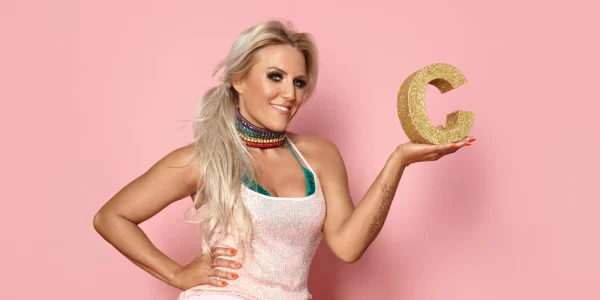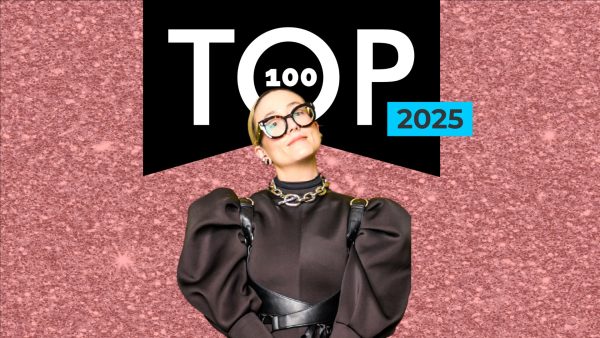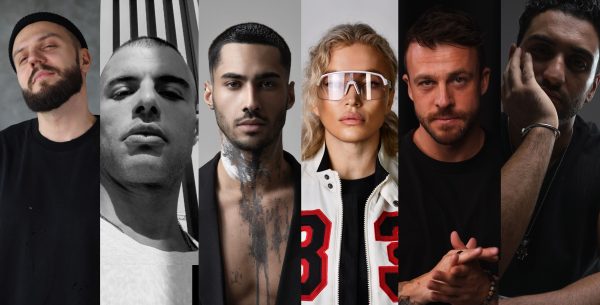Glastonbury is undeniably UK’s most iconic festival. Over 200,000 people attended the 5-day party. It is held annually with a year off every five years and has claimed the title of the biggest greenfield festival on earth.
The first Glastonbury Festival was held in 1970, just one day after Jimi Hendrix died. Legendary festival organizer Michael Eavis decided to keep the festival after attending an open-air Led Zeppelin concert. He called it the Pilton Folk and Blues Festival, and it was attended by around 1,500 people who were entertained by the glam rock icons, T. Rex.
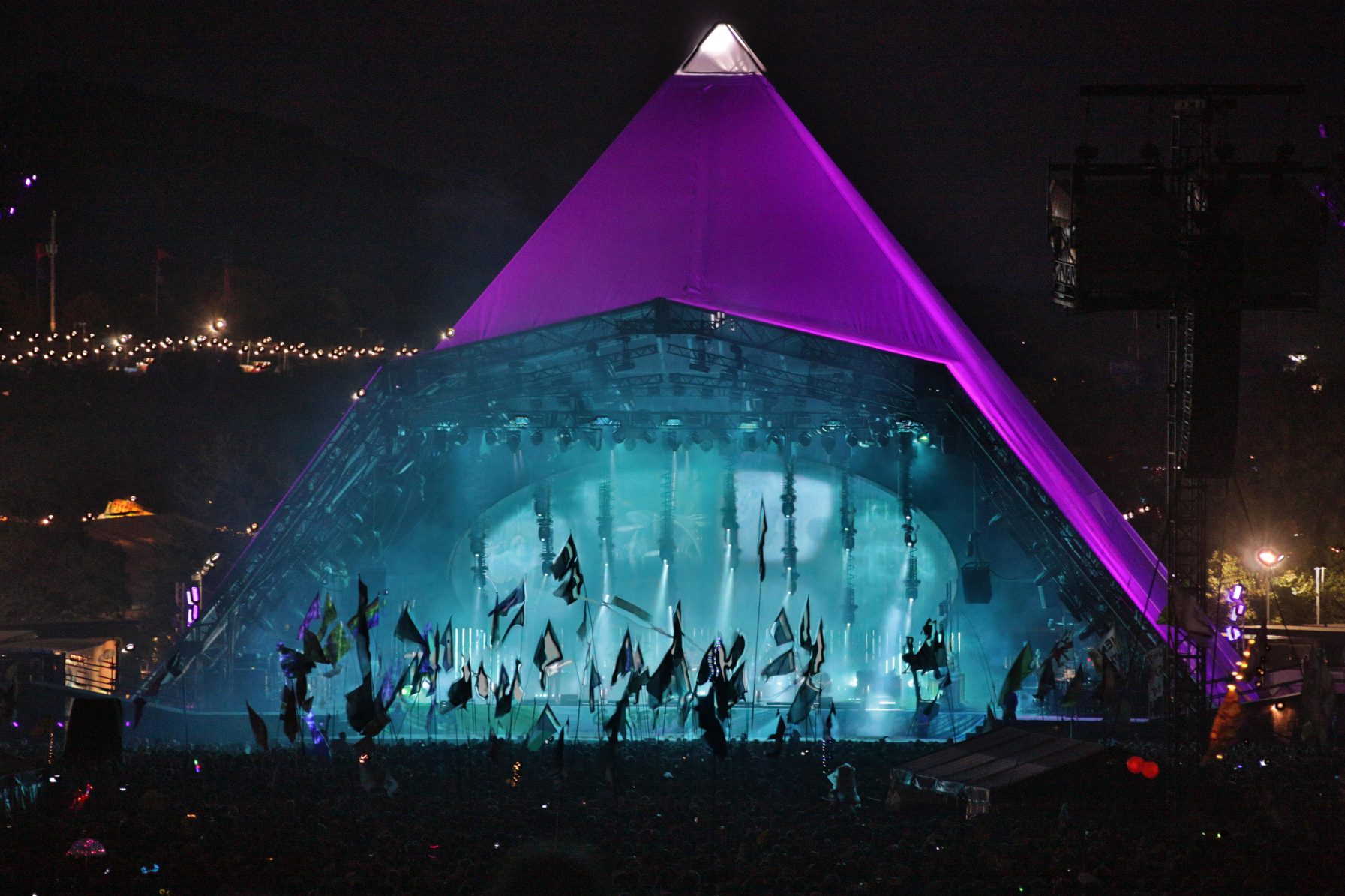
The festival became annual from 1981 and quickly swelled in size, reaching over 100,000 people by 1983. The post-1980 era of Glastonbury was also the first time when Glastonbury started making profits. Uncomfortable with getting rich off the festival, Eavis made charities the primary beneficiary of the festival. In 1980, £20,000 was donated to the Campaign for Nuclear Disarmament. A political and charitable edge is still an essential part of Glastonbury. Today, Oxfam, Water Aid, and Greenpeace are the leading charities. You can also find the world’s most prominent political musicians and activists speaking and performing on the Left Field stage.
The end of the 80s saw acid house arrive at Glastonbury. Festival-goers set up unofficial sound systems blasting acid house endlessly throughout the whole festival. The sound systems were said to rival many of the official stages.
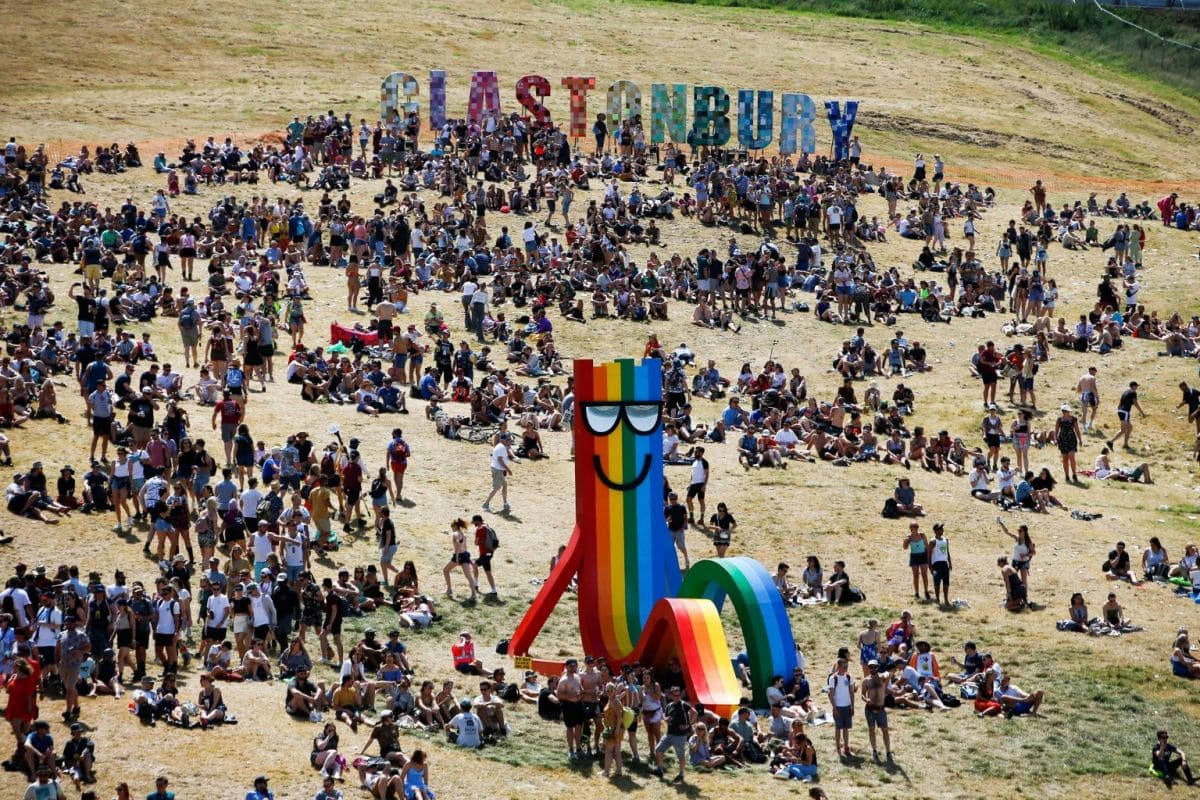
The 1990s era of Glastonbury began with conflict. New age travelers were allowed into the festival for free from its inception, reflecting its spiritual roots. When they came into conflict with security guards in 1990, they decided to stop letting the travelers in for free. Adequate security measures came to Glastonbury in the years that followed.
In 1994, Glastonbury reached its record crowd at a single stage. 300,000 people watched Brighton-born folk-rock band Levellers perform. Millions more were able to watch it on television. 1994 was the first year the festival was broadcast.
The television of the 1994 performance of the British EDM duo Orbital has since become iconic. Dance music and rave culture had long been demonized in Britain by Margaret Thatcher’s government. However, Orbital’s performance was brought into the living rooms of people who had only heard of EDM through fear-mongering and established it as a legitimate art form. Orbital paved the way for Chemical Brothers, Massive Attack and Underworld, and the later opening of the Dance Village in 1997.
After the millennium, Glastonbury indeed became a part of British popular culture, with tickets selling out increasingly quickly. By 2004, tickets sold out in less than 24 hours, with an estimated 2 million attempts to buy tickets. The artists performing also became pop-orientated, with the likes of Coldplay becoming regulars.
Tragically, Glastonbury was canceled in 2020 and 2021 due to the COVID-19 crisis. The festival was last held in 2019, with the headliners The Killers, The Cure, Stormzy, and Janet Jackson. The lineup also featured some of the biggest electronic music acts, including Chemical Brothers, Years & Years, and Diplo.


